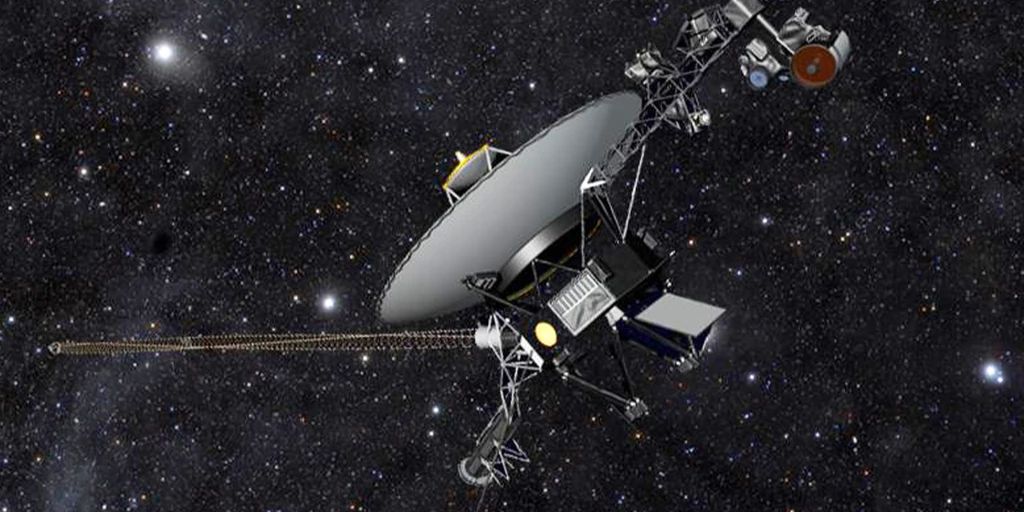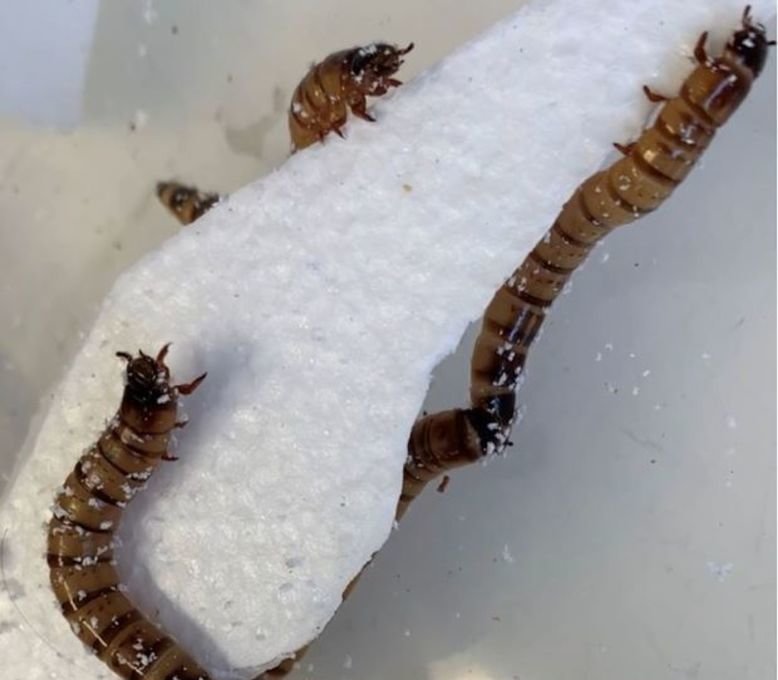Where does all the plastic waste go? A species of beetle native to Central and South America offers hope for an amazing solution. Indeed, researchers view “superworms” as small recycling plants.
It appears that the larvae of a species of beetle native to Central and South America can survive on some types of plastic as the only food source and even gain weight by eating polystyrene.
This is according to a new study from the University of Queensland in Australia, published in the journal Microbial Genomics. The researchers were able to establish that the larvae of Zophobas morio (black beetle), known as “superworms”, are able to digest polystyrene thanks to the microbes in their gut.
The team previously divided the larvae into three groups and monitored them for three weeks. One was given nothing to eat, the other was given bran, and the other was put on a diet of polystyrene foam. “What we found is that superworms that only feed on polystyrene not only survived, but also gained a minimal amount of weight,” said Chris Rink, one of the study’s lead authors. In addition, they were more active than caterpillars that were given nothing to eat. This suggests that larvae can gain energy from Styrofoam, “likely with the help of gut microbes”.
It was already known from previous studies that other types of worms, such as mealworms, can eat plastic. However, superworms are larger and therefore more efficient.
The long-term goal is to use microbes as a model for developing enzymes to break down plastic waste in recycling plants – through mechanical cracking and subsequent enzymatic biological degradation. “Superworms are like little recycling units that shred Styrofoam with their mouths and then feed it to the bacteria in their gut,” Rink explained.
The university said in a statement that the larvae’s appetite for Styrofoam may be “the key to recycling plastic in large quantities.” At the same time, the study raised many new questions. More in-depth research is needed to better understand the processes and capabilities. (dpa)

“Alcohol buff. Troublemaker. Introvert. Student. Social media lover. Web ninja. Bacon fan. Reader.”





More Stories
Principles and features of the folk nutritional principle
Science: The percentage of women in mint topics rises to a third
Newly appointed Science, Research and Innovation Council